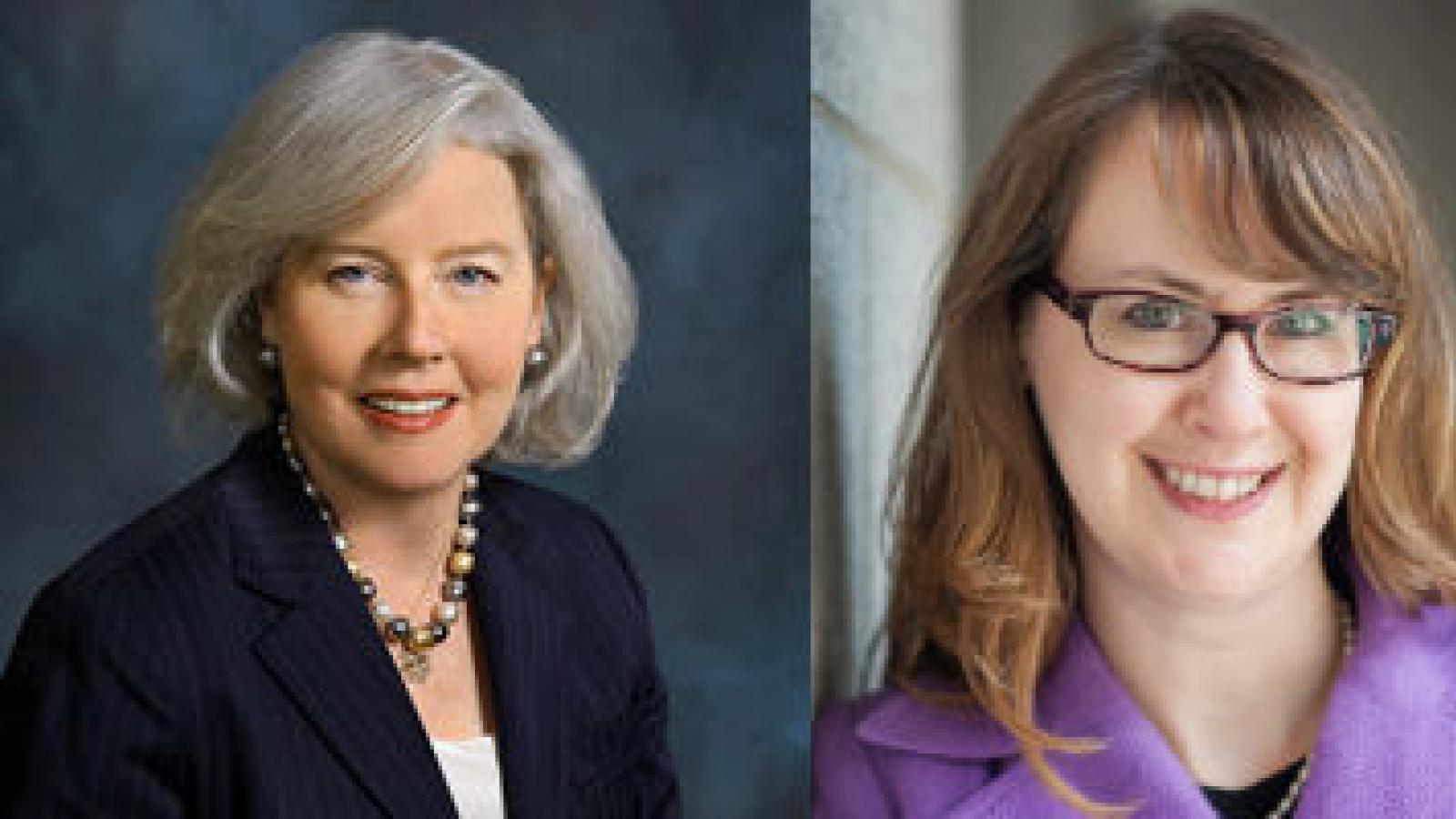The Creative Age: How the Arts Can Help Us Live Longer, Healthier Lives

How will living to 100 years of age affect the way you look at life? Babies born today will most likely live that long or longer, as life expectancy has jumped from 45 in 1900 to 80 in 2007, with estimates that say our life span may reach 100 by the year 2100. As a result, the population of older adults is increasing. The 2010 Census showed that the population of people over age 65 is growing faster than the total U.S. population, as 10,000 members of the Baby Boom generation turn 65 every day. In addition, the fastest growing population, according to the U.S. Census Bureau, is those over age 85.
What will these additional years bring? Will we remain healthy and engaged? Or will we experience loss, as well as physical and cognitive decline? According to Gene Cohen, MD, PhD, and author of the book The Creative Age, these older years have an increasing amount of potential. People in our society and around the world have more education, broader life experiences, and more discretionary income than any generation that has come before them, with more to contribute and expect in their older years. There is the potential for an expansion of creativity, engagement, and learning and time to pursue dreams deferred, such as making art, playing a musical instrument, exploring photography, dancing, acting, making films, and writing.
And the arts are helping us stay healthier and live longer lives. Research has shown that the arts have the amazing capacity to increase social engagement and improve health, cognitive functioning, quality of life, and longevity.
NEA support for creative aging
The National Endowment for the Arts has long supported arts and lifelong learning programs for older adults. In 2013-2104, the NEA provided more than $1 million to arts organizations to engage older adults in professionally led arts programming such as dance, painting, story-telling, and theater. Examples include the Alzheimer's Poetry Project, which is helping adults with cognitive health disorders create new memories and tap into old ones. And EngAGE Senior Arts Colonies, which are enhancing the lives of older adults through rich and extensive arts experiences.
The NEA is also helping build capacity within the field of creative aging. In 2001, the NEA worked with the National Council on Aging and Elders Share the Arts to found the National Center for Creative Aging (NCCA), which has been a strong partner in this work for 14 years. Since 2012 the NEA has supported NCCA's ENGAGE: State Arts Agencies and Creative Aging initiative, which currently supports 31 states in training artists and arts organizations in building services to support this expanding demographic. In addition, the NEA and NCCA partnered to develop a directory of creative aging programs and an online training toolkit for teaching artists. Over 250,000 learners from 158 countries around the world and here at home have benefited from the online training to date, and have been part of a new workforce for this exciting field.
The White House Conference on Aging and the Summit on Creativity and Aging
On May 18, 2015, the NEA and NCCA will host a Summit on Creativity and Aging, a pre-conference to the 2015 White House Conference on Aging. This special convening, to be held at the NEA's offices in Washington, DC, will include over 60 policymakers, researchers, and practitioners in the fields of arts, design, aging services, philanthropy, research, and the federal government. These individuals will participate in a series of conversations on the topics of Lifelong Learning and Engagement in the Arts, Health and Wellness and the Arts, and Age-Friendly Community Design. This will result in a report to the White House Conference on Aging and a white paper that we will use as a roadmap for the next ten years.
This convening is a part of a series of public forums that will produce recommendations to the WHCoA on four major issues: retirement security, long-term services and supports, healthy aging, and elder abuse. (Our summit will fall under healthy aging.) Since 1961, the federal government has held periodic White House Conferences on Aging (WHCoA) to shape public policy for aging in America. In advance of the 1981, 1995, and 2005 convenings, the arts and aging communities held mini-conferences to produce recommendations for the larger WHCoA to ensure that arts, culture, and livability are part of the broader discussions on aging. These mini-conferences played an important role in fostering a robust field of artists, researchers, and organizations that serve older adults through participation in all arts forms, including music, theatre, dance, visual arts, literature, multi-media and design, and traditional arts.
The NEA and NCCA are thrilled to hold this year's convening and we welcome contributions from the public throughout the day via a webcast and Twitter conversation at #CreativeAgeSummit. For more information on how to participate, visit arts.gov. We look forward to learning about your ideas for actions that can improve the lives of older Americans through the arts, creativity, and age-friendly design.
Artists are role models for successful aging, says the Research Center for Arts and Culture. They stay engaged and productive throughout their lives and they never retire. We can all tap our inner potential to express ourselves through the arts to share our lives and interests across generations.




